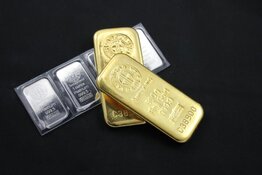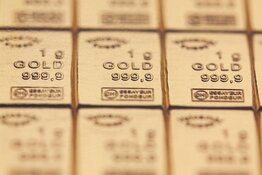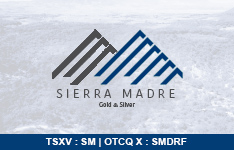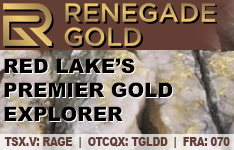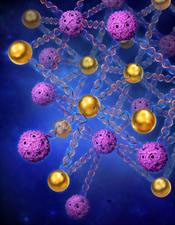 Scientists have created a diamond-like lattice composed of gold nanoparticles and viral particles, woven together and held in place by strands of DNA. The structure—a distinctive mix of hard, metallic nanoparticles and organic viral "capsids," linked by the very stuff of life marks a significant step in scientists' ability to combine assorted materials to create infinitesimal devices. The team used DNA as a tool to guide the precise positioning of tiny particles just one-millionth of a centimeter across, using DNA to chaperone the particles.
Scientists have created a diamond-like lattice composed of gold nanoparticles and viral particles, woven together and held in place by strands of DNA. The structure—a distinctive mix of hard, metallic nanoparticles and organic viral "capsids," linked by the very stuff of life marks a significant step in scientists' ability to combine assorted materials to create infinitesimal devices. The team used DNA as a tool to guide the precise positioning of tiny particles just one-millionth of a centimeter across, using DNA to chaperone the particles.The scientists created specific pieces of DNA, and then attached them to gold nanoparticles and viral particles, choosing the sequences and positioning them exactly to force the particles to arrange themselves into a crystal lattice.
When scientists mixed the particles, out of the brew emerged a sodium thallium crystal lattice. The device "self assembled" or literally built itself.
"Organic materials interact in ways very different from metal nanoparticles. . .that we can make such different materials work together and be compatible in a single structure demonstrates new opportunities for building nano-sized devices," said Dr. Sung Yong Park, a research assistant professor at Rochester.
Three years ago, Park and a larger team of colleagues at Northwestern University first produced a crystal lattice with a similar method, using DNA to link gold nanospheres. The new work is the first to combine particles with such different properties—hard gold nanoparticles and more flexible organic particles.
The gold particles and the viral particles repel each other, but their deterrence is countered by the attraction between the strategically placed complementary strands of DNA. . .a little like countering forces keep our curtains up—a spring in a curtain rod pushes the rod to lengthen, while brackets on the window frame counter that force, creating a taut, rigid device.

